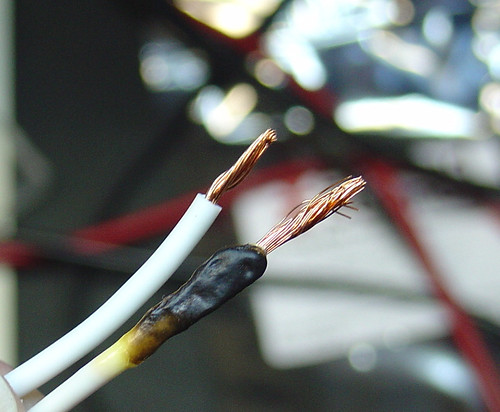
Good insulation for the home is as important as it is left ignored. Most of us don’t even give insulation or the lack of it, any thought until the elements of nature unleash their chaos on the house, or the electricity bills give us that rude wake-up call. If you’ve just realized the need for this, it’s time you ask these three important questions before you make a decision.
- Why

Figuring out the “Why I need this?” part of it not only helps you decide the budget but also pick the right kind of insulating materials- the variety of which would otherwise leave you confused and surprised. In any major purchase you make, it is absolutely important to first identify the very purpose that you expect the thing to serve. The same goes for insulation. Insulation creates a heat blanket around your home and prevents any thermal leaks- cold or warm, from slipping out, thus saving the bills. And that’s not even its only function.
- Where

Now that you’ve identified the main purpose of having your house insulated, next is the where. Do you want the whole house to be padded or is it just the specific outlets and gaps? This requires a thorough trip through the whole house, including every unseen nook and ignored corner. Typically, areas like the attic, basement, around the HVAC ducts, crawlspace, and the like. And, if you’re looking for noise control/reduction, then the interior walls count too.
- What
Finding the right material is as important as finding the perfect fit of shoes. When it comes to insulation, quality is the ultimate key and can in no way be compromised upon. Always check the R-value of the insulation product (the higher the value, the better the quality). Check the recommended values for your city or locality.
There’s a variety to choose from, for instance there are-
– Batts and Rolls that are made from fiberglass, rock wool, natural fibers, etc. This type is best suited for foundation walls, floors and ceilings (basically, the unfinished surfaces). Usually, they’re pretty easy to install and you can do it yourself too.
– Boards, foam or rigid, are yet another great option for unfinished walls. But they also work perfectly for unvented attics and hatches, as well as floors and ceilings. Since rigid boards are made of polystyrene, or polyurethane, they are of excellent quality and have a high insulating value. This, of course, makes them an expensive choice too.
– Loose-fill or blown-in, on the other hand, are perfect for the irregular and out-of-shape spots. If you need patchwork-like insulation, this is the type to go for. Even though it’s made of cellulose, fiberglass or rock-wool, to use this type of insulation means to use hoses and machinery. Therefore, it’s best to let the professionals handle this one.
– Sprayed foam, lastly, is for the open cavities and new walls. You can also use them for attic floors. If you’re going for this insulation, you’ll have to call in the professionals.
All said and done, the right choice of insulation isn’t the end of the story. You have to take precautions to make sure everyone and everything is safe and perfect at the end of the job. Hire credible professionals for the right recommendations, do your research right, and thoroughly inspect the house, the products and the contractor. It’s not as tedious as it seems, especially, when you’re saving big bucks on the bills, making the home cozy and comfortable, and increasing its energy efficiency. Happy insulating!
Author’s Byline
Jenny Wadlow, the author of this post, is a freelance blogger. She writes about polyester insulation and other applications of fibre technology and thus she shares keen insight on home renovation projects online.


